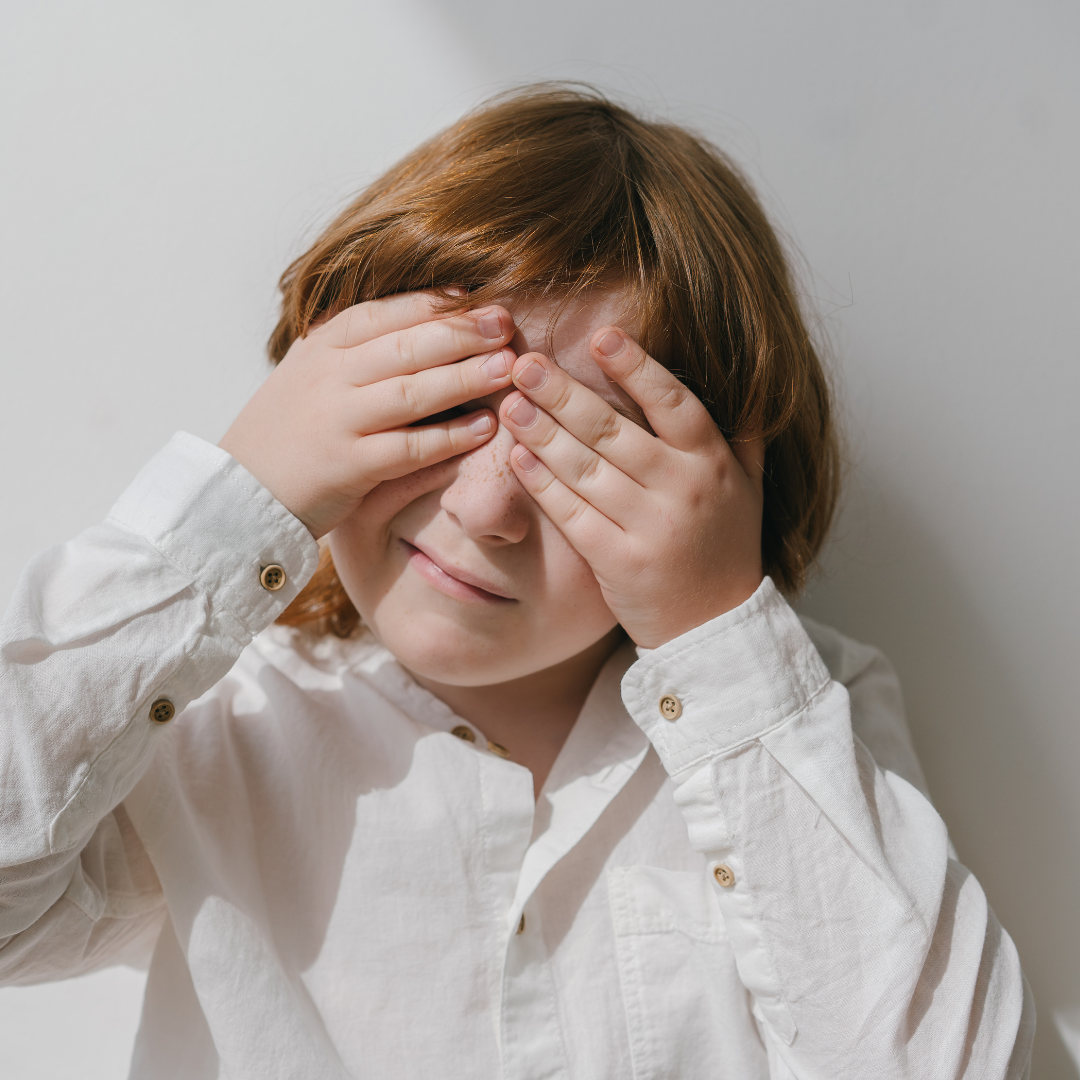
Understanding the Link Between Autism and Anxiety: A Comprehensive Guide for Parents
Raising a child with autism is a journey filled with unique joys and challenges. Among these challenges, many parents find that autism anxiety plays a significant role in their child’s life.
While autism itself brings a unique set of traits and behaviors, anxiety often intensifies these characteristics, making daily life more difficult for both the child and their family.
Understanding the complex relationship between autism and anxiety is essential for parents, as it empowers them to recognize anxiety symptoms early, seek appropriate interventions, and provide the best possible support for their child.
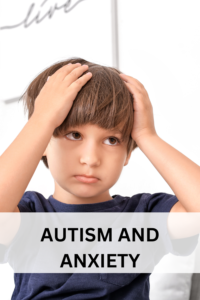
Hi! My name is Marra. I’m a mama and a pediatric occupational therapist with years of experience working with children with autism and helping their parents navigate the ups and downs of child development.
I loved being a support person for parents learning about autism, sensory processing, and their child’s individual needs.
In this comprehensive guide, we’ll delve deeply into the connection between autism and anxiety, explore how anxiety manifests in children with autism, and provide detailed strategies that parents can use to help their child manage autism and anxiety effectively.
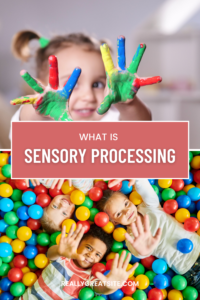
The Complex Relationship Between Autism and Anxiety
Research has consistently shown that autism and anxiety are common comorbidities in children, with estimates suggesting that 40-50% of children with autism experience clinically significant anxiety symptoms.
However, some studies suggest that the prevalence may be even higher when subclinical levels of anxiety are considered.
The reasons for this high prevalence of autism and anxiety are multifaceted and involve a combination of neurological, sensory, social, and cognitive factors.
Neurological Factors
The brains of children with autism and anxiety often process information differently than those of neurotypical children. These differences can lead to heightened sensitivity to environmental stimuli and an exaggerated stress response.
For instance, the amygdala, a part of the brain involved in processing emotions like fear and anxiety, may be overactive in children with autism, leading to an increased baseline level of anxiety.
Sensory Sensitivities
Sensory processing difficulties are a hallmark of autism and a significant contributor to anxiety. Children with autism and anxiety may be hypersensitive to certain stimuli, such as loud noises, bright lights, strong smells, or certain textures.
These sensory sensitivities can make everyday environments overwhelming, triggering anxiety and, in some cases, leading to sensory overload.
Sensory overload occurs when the brain is bombarded with too much sensory information, causing the child with autism and anxiety to feel overwhelmed and anxious.
Social Challenges
Social interactions are often a source of anxiety for children with autism and anxiety.
Difficulties in understanding social cues, interpreting facial expressions, or engaging in typical back-and-forth conversations can make social situations confusing and stressful.
The fear of being misunderstood, making a social mistake, or being rejected by peers can lead to social anxiety, which may cause the child to withdraw from social interactions or become overly reliant on routines that provide a sense of control.
Cognitive Rigidities and Routine Dependence
Many children with autism and anxiety prefer predictable routines and may struggle with flexibility in their thinking. This cognitive rigidity can contribute to anxiety, especially when routines are disrupted or when the child is faced with new or unfamiliar situations.
The need for sameness and predictability is a way for the child to manage their anxiety, but it can also limit their ability to adapt to changes, leading to increased stress in novel environments.
Communication Barriers
Communication challenges are common in children with autism and anxiety, particularly for those who are nonverbal or have limited verbal skills.
Difficulty in expressing needs, emotions, or discomfort can lead to frustration and anxiety.
For example, a child who is unable to communicate that they are feeling overwhelmed by sensory stimuli may instead exhibit signs of anxiety, such as fidgeting, increased repetitive behaviors, or meltdowns.

Recognizing the Signs of Anxiety in Children with Autism
Recognizing autism and anxiety in children with autism can be challenging, as anxiety may manifest differently than it does in neurotypical children.
Understanding these unique expressions of autism and anxiety is key to providing appropriate support. Here are some of the ways anxiety may present in children with autism:
Increased Repetitive Behaviors
Repetitive behaviors, such as hand-flapping, rocking, spinning, or repeating certain phrases, are common in children with autism and anxiety.
However, an increase in the frequency or intensity of these behaviors, especially in response to stressors, may indicate anxiety. These behaviors can serve as self-soothing mechanisms, helping the child regulate their emotions when they feel anxious.
Meltdowns or Tantrums
While meltdowns are a common response to sensory overload or frustration, they can also be a sign of autism and anxiety. During a meltdown, the child may lose control and engage in behaviors such as screaming, crying, hitting, or self-injury.
It’s important to differentiate between a tantrum, which is typically a response to not getting what they want, and a meltdown, which is often a response to overwhelming anxiety or sensory input.
Avoidance of Certain Situations
Children with autism and anxiety may avoid situations that cause them anxiety, such as social gatherings, unfamiliar environments, or activities that involve sensory stimuli they find overwhelming.
This avoidance can become a significant barrier to their participation in everyday life and can limit their opportunities for social interaction and skill development.
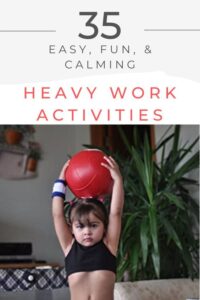
Physical Complaints
Anxiety can manifest physically, and children with autism may report somatic symptoms such as stomachaches, headaches, nausea, or fatigue when they are feeling anxious.
These physical complaints may occur without an apparent medical cause and can be a way for the child to communicate their discomfort or anxiety.
Changes in Sleep Patterns
Anxiety can disrupt sleep patterns, leading to difficulties falling asleep, staying asleep, or waking up early.
Sleep disturbances can exacerbate anxiety, creating a cycle where anxiety leads to poor sleep, which in turn increases anxiety levels.
Parents may notice that their child has trouble winding down at night, experiences frequent nightmares, or wakes up multiple times during the night.
Increased Need for Reassurance
Children with autism and anxiety may seek constant reassurance from caregivers. This may involve repeatedly asking the same questions, needing to be close to a parent, or expressing fears about specific events or situations.
While reassurance can provide temporary relief, it can also reinforce anxiety if not addressed with appropriate coping strategies.

Practical Strategies for Managing Anxiety in Children with Autism
Managing anxiety in children with autism requires a thoughtful and individualized approach. The following strategies can help parents create a supportive environment and equip their child with the tools they need to cope with anxiety:
Create a Predictable Environment
Consistency and routine are key to reducing anxiety in children with autism. Establish a daily schedule that includes regular times for meals, activities, and bedtime.
Visual schedules, which use pictures or symbols to represent daily activities, can help children understand what to expect throughout the day and reduce the anxiety associated with uncertainty.
If a change in routine is necessary, prepare your child in advance by explaining the change and providing a visual representation if possible.
Teach Coping Skills
Helping your child develop effective coping strategies is essential for managing autism and anxiety.
Techniques such as deep breathing, progressive muscle relaxation, and mindfulness can help your child calm themselves during moments of stress.
Practice these techniques regularly with your child so they become familiar and can be used when needed.
For example, you can teach your child to take slow, deep breaths by counting to four as they inhale and exhale, using a visual cue such as a picture of a balloon inflating and deflating..
Use Sensory Tools and Breaks
Sensory tools, such as fidget toys, weighted blankets, noise-canceling headphones, or sensory-friendly clothing, can help children with autism and anxiety regulate their sensory input and reduce anxiety.
Incorporate regular sensory breaks into your child’s routine, allowing them to engage in calming activities such as swinging, using a sensory bin, or spending time in a quiet space.
These breaks can help prevent sensory overload and provide your child with an opportunity to reset.
Gradual Exposure to Anxiety Triggers
Gradual exposure, also known as desensitization, is a technique used to help children build tolerance to anxiety-provoking situations. Start by exposing your child to a low-intensity version of the trigger and gradually increase the exposure over time.
For example, if your child is anxious about social interactions, you might start by having them observe a small group of children playing, then gradually encourage them to participate in a low-pressure activity with one or two peers.
Over time, your child may become more comfortable and confident in these situations.
Social Stories and Role-Playing
Social stories are short, personalized narratives that describe a social situation, what to expect, and how to respond.
These stories can be used to prepare your child with autism and anxiety for specific events, such as going to the dentist, attending a birthday party, or dealing with unexpected changes.
Role-playing allows your child to practice social scenarios in a safe and controlled environment. By rehearsing these situations, your child can build confidence and reduce anxiety when faced with similar situations in real life.
Limit Sensory Overload
Creating a sensory-friendly environment can help reduce anxiety and prevent sensory overload. Consider the lighting, noise levels, and textures in your child’s environment.
Use soft lighting instead of harsh fluorescent lights, play calming background music or white noise, and provide sensory-friendly seating options, such as bean bags or rocking chairs.
Additionally, ensure that your child has access to a quiet space where they can retreat if they start to feel overwhelmed.
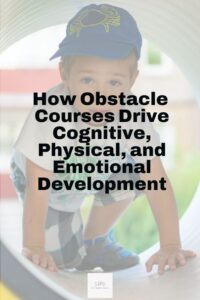
Collaborate with Professionals
Working with a team of professionals, including an occupational therapist, speech therapist, psychologist, or behavior therapist, can provide valuable support in managing your child’s anxiety.
These professionals can offer tailored interventions, such as cognitive-behavioral therapy (CBT), social skills training, or sensory integration therapy, that address your child’s specific needs.
Regular communication with these professionals can help you stay informed about your child’s progress and adjust strategies as needed.
Encourage Open Communication
Fostering open communication is crucial in helping your child with autism and anxiety express their feelings and concerns.
Even if your child has limited verbal communication skills, using alternative communication methods, such as picture cards, communication devices, or sign language, can help them convey their emotions.
Encourage your child to label their feelings, whether it’s through words, pictures, or other means, and validate their emotions by acknowledging their anxiety and offering support.
Monitor and Adjust
Autism and anxiety management is an ongoing process that requires regular monitoring and adjustment. Keep track of your child’s anxiety levels, noting any patterns or triggers that emerge.
Use this information to make informed decisions about your approach, such as increasing sensory breaks, adjusting routines, or introducing new coping strategies.
Additionally, be open to trying new interventions or therapies if you find that your current strategies are not effectively managing your child’s anxiety.
Promote Healthy Lifestyle Habits
A healthy lifestyle can have a significant impact on anxiety levels. Ensure that your child is getting enough sleep, as sleep deprivation can exacerbate anxiety.
A balanced diet that includes a variety of nutrient-rich foods can also support your child’s overall well-being. Encourage regular physical activity, as exercise is known to reduce anxiety by releasing endorphins, which are natural mood enhancers.
Incorporate activities that your child enjoys, such as swimming, dancing, or playing outside, to make exercise a positive experience.
Understanding and managing the link between autism and anxiety is a crucial aspect of supporting your child’s development and well-being.
By recognizing the unique ways anxiety manifests in children with autism and implementing tailored strategies, you can help your child navigate their world with greater ease and confidence.
Remember that managing autism and anxiety is a journey, and it’s important to celebrate the small victories along the way. With patience, understanding, and the right tools, you can create a supportive environment that allows your child to thrive despite the challenges of anxiety.
As you continue on this journey, know that you’re not alone—there are numerous resources, support groups, and professionals available to assist you and your child. Together, you can work towards helping your child build resilience, develop coping skills, and lead a fulfilling life.
